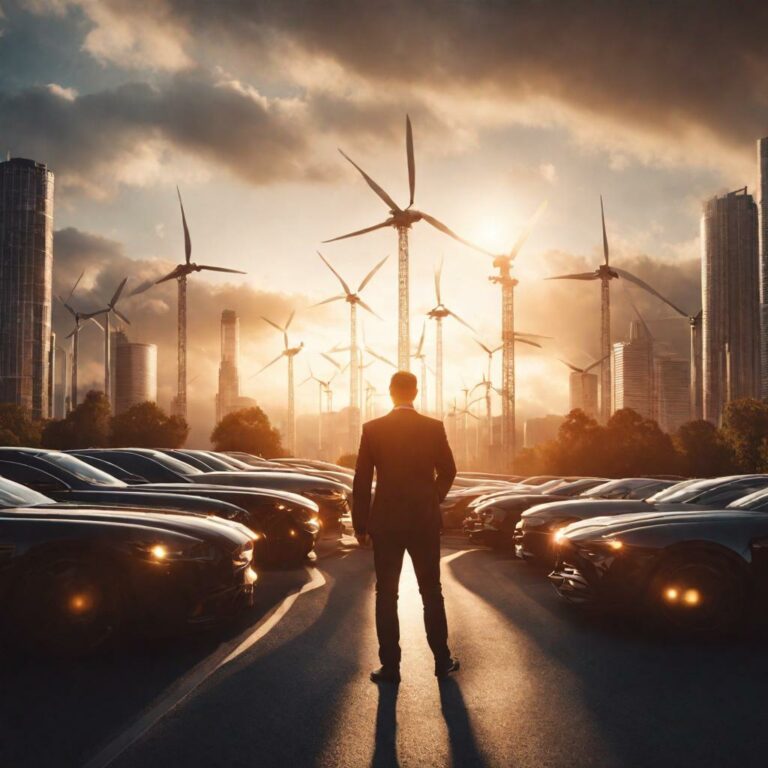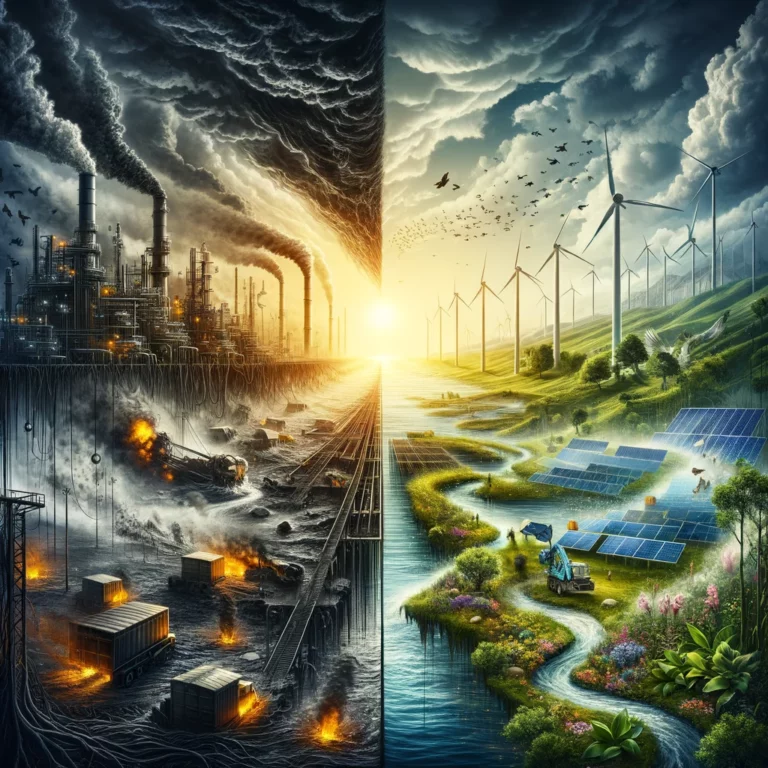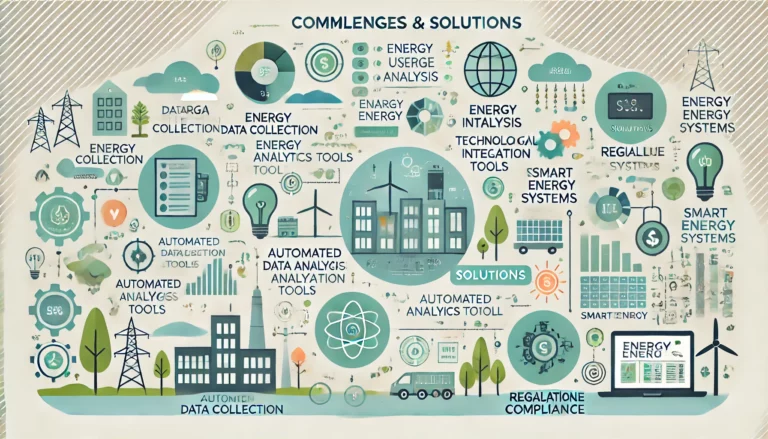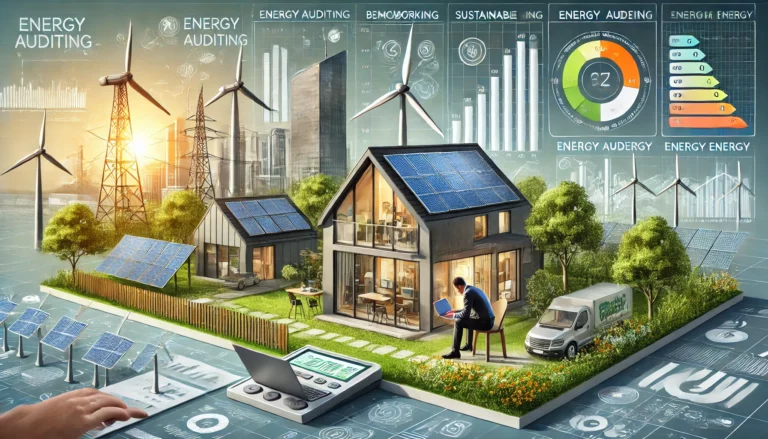In the quest for sustainable energy solutions, hydropower stands out as a beacon of renewable potential. As the world shifts towards greener alternatives, the operation and maintenance of hydropower facilities have become pivotal in harnessing this clean, reliable source of energy. This comprehensive guide aims to equip English writers and industry professionals with the knowledge and tools necessary to ensure the optimal performance and longevity of these vital installations.
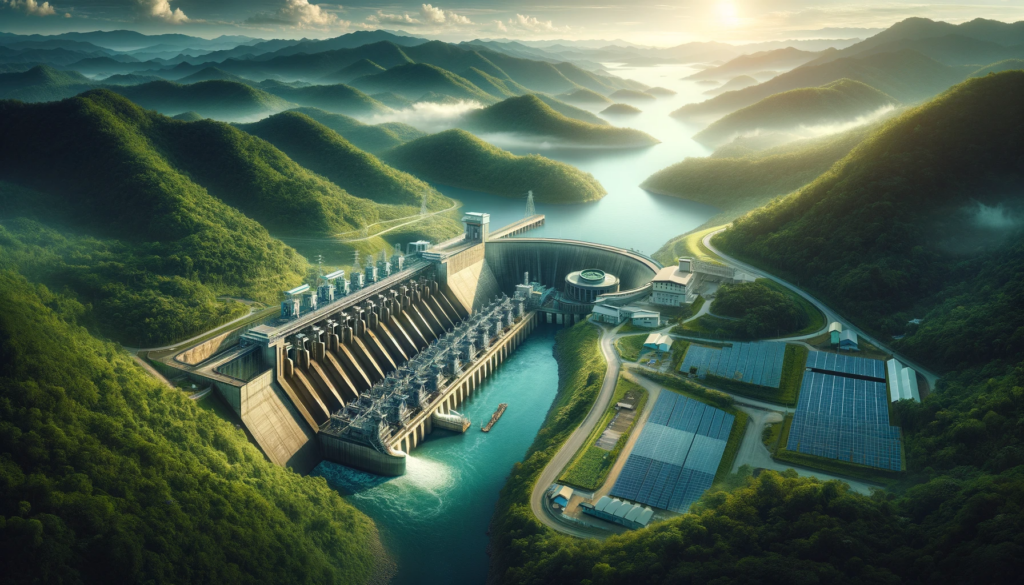
The Heart of Hydropower: Understanding the Basics
Hydropower facilities convert the kinetic energy of flowing or falling water into electricity, a process that is both ancient and ingeniously modern. The core components, including dams, reservoirs, turbines, and generators, work in harmony to produce power. But beyond their mechanical synergy lies a complex operation and maintenance (O&M) framework essential for their sustainable and efficient function.
Operation Excellence: The Key to Sustainability
Effective operation of hydropower plants involves real-time management, strategic water resource allocation, and ensuring the safety and reliability of the infrastructure. Operators must balance electricity generation with environmental and societal needs, maintaining water quality and ecosystem health, which are fundamental to sustainable energy practices.
Maintenance Mastery: Prolonging Facility Lifespan
Regular and meticulous maintenance is the linchpin in extending the life of hydropower facilities and preventing costly breakdowns. This includes routine inspections, timely repairs, and upgrades to turbines, generators, and auxiliary systems. Employing predictive maintenance strategies, such as condition monitoring and performance analysis, can preempt failures and optimize efficiency.
Navigating Challenges: Environmental and Technical Hurdles
Hydropower operations face environmental challenges, including sedimentation, fish migration disruption, and water quality impacts. Addressing these issues through innovative fish passage technologies and sediment management practices is crucial for the sustainable integration of hydropower into our energy portfolio. Additionally, technical challenges like equipment wear and tear, and the integration of hydropower with other renewable sources, demand ongoing attention and innovation.
The Future of Hydropower: Trends and Innovations
The hydropower sector is evolving with advancements in turbine technology, enhanced environmental mitigation techniques, and the integration of smart grid technologies. Embracing these innovations can bolster the efficiency and sustainability of hydropower facilities, aligning them with global renewable energy goals.
Conclusion: A Sustainable Path Forward
The operation and maintenance of hydropower facilities are critical to realizing the full potential of this renewable energy source. By adopting best practices, addressing environmental and technical challenges, and leveraging new technologies, we can ensure that hydropower continues to play a pivotal role in the global transition to sustainable energy.

